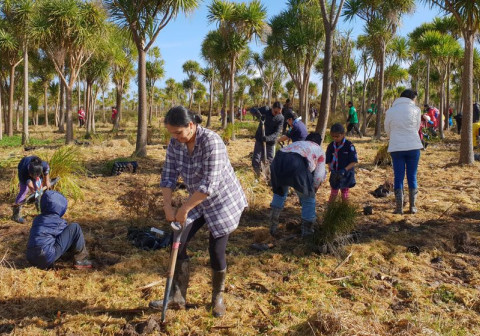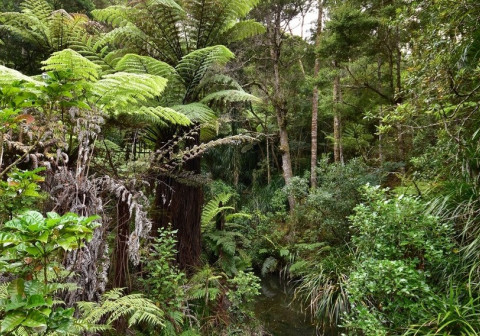Helping forestry reach its full potential
As the government lead for forestry in New Zealand, Te Uru Rākau – New Zealand Forest Service has a vital role to play in supporting the sector to achieve its full potential for New Zealand’s economy and environment.
We support the sustainable growth and development of the forestry and wood processing sector in New Zealand. We do this by working with tangata whenua, landowners, and the forestry and wood processing sector.
What we're working towards
Our vision is for forestry's full potential to be unlocked for New Zealand's economy and environment.
To achieve our vision, we’re working towards:
- growing the economic value of our forestry and wood processing sector
- helping to decarbonise the economy and meet climate change targets
- strengthening sector resilience, climate change adaptation, and sustainable land use.
What we do
Our work includes forestry advice, managing the Emissions Trading Scheme, and providing grants and incentives.
Forestry advice
We give advice about land use, planting trees, and the Emissions Trading Scheme (ETS) through our forestry advisory service. Find out about the free service and how to talk with a regional adviser in your area.
Forestry in the Emissions Trading Scheme
We manage the Emissions Trading Scheme for forestry, including processing ETS applications and emissions returns.
How the ETS applies to forestry
Forestry grants and incentives
We manage grants and incentives such as the Wood Processing Growth Fund, the One Billion Trees Fund, the Erosion Control Funding Programme, and the Hill Country Erosion Programme.
Funding for tree planting and research
Sector insights
We commission forestry research and publish data and statistics about the sector in New Zealand. This information helps the sector make decisions on investment, land use, and planting.
Forestry and wood processing data
Regional forestry fact sheets – Canopy
Forestry regulations
We’re responsible for forestry regulations in New Zealand, including the:
- Forests Act 1949
- National Environmental Standards for Commercial Forestry
- Emissions Trading Scheme for forestry
- Resource Management Act.
Forestry rules and regulations
How to contact us
Te Uru Rākau – New Zealand Forest Service regional offices and contact details











